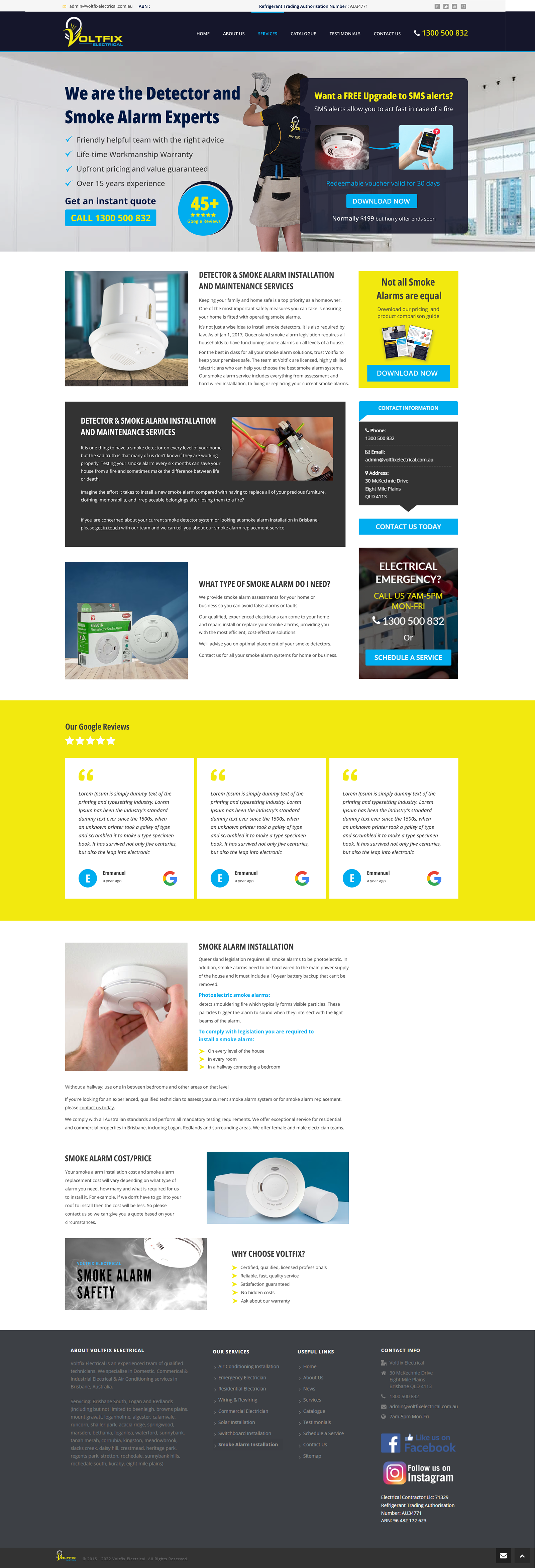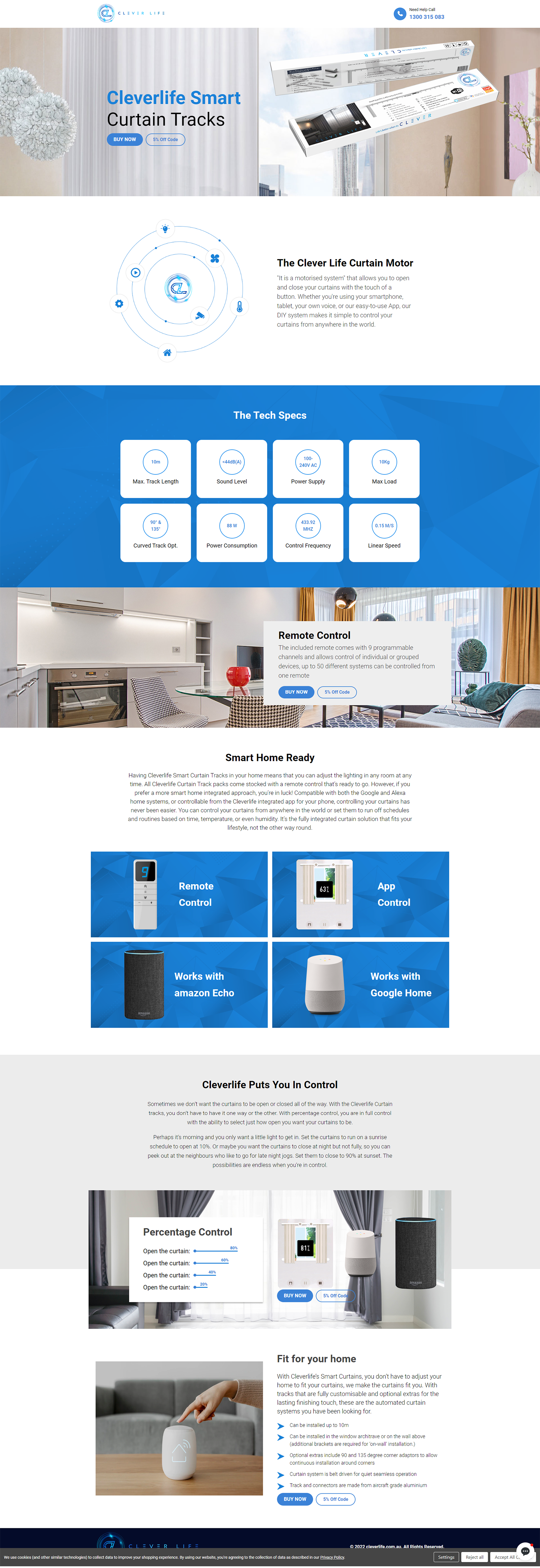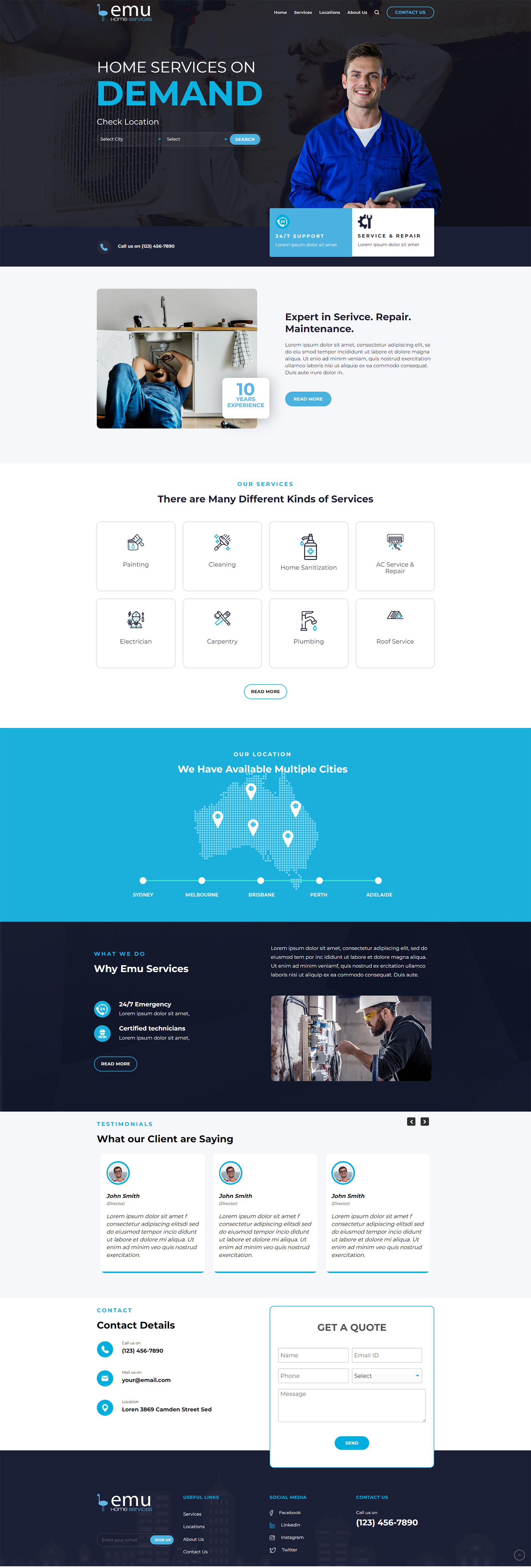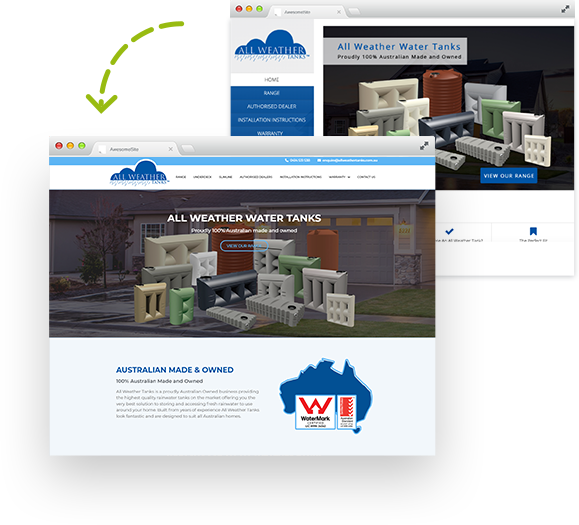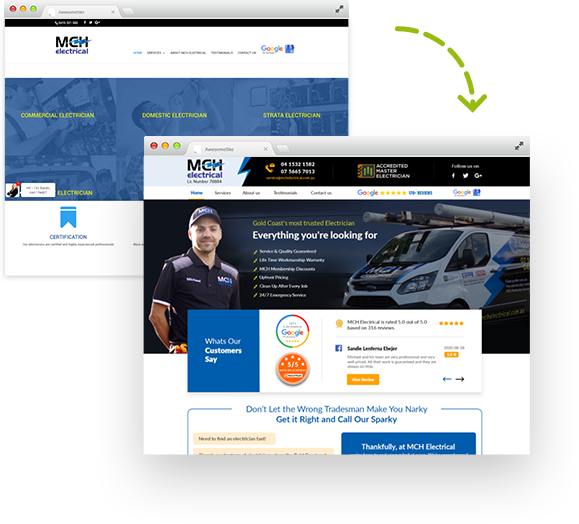As mentioned in a previous blog “stop trying to use the homepage to rank everything” we need to have a separate page for each keyword or group of similar themed keywords. Today we will take this a step further and look a lot deeper into how we should build each page to give it every advantage to help rank.
URL’s
The single most important on page factor is the URL that you choose for the page, most people ignore this step and leave this up to their site platform to create which often results in unoptimized pages that never appear in the search results. Let’s use a few examples to explain the best way to structure the URL.
Let’s say we have a carpet cleaning website with the following two services;
- Carpet cleaning
- Rug cleaning
We would first look at the geographical area in which they would like to rank. The example company only works in Brisbane.
Based on this information we would create the following URL’s
- com.au/carpet-cleaning-brisbane
- com.au/rug-cleaning-brisbane
If the company happened to be providing the service Australia wide we would remove the geographical reference from url.
- com.au/carpet-cleaning
- com.au/rug-cleaning
In this example for the company targeting Australia wide we would likely create separate pages to specifically target each major city. However to keep the example simple we won’t cover this for the moment.
It’s also worth noting that there is no need to repeat the same keywords if they are already present in the domain name, as we don’t want to over stuff keywords. For example if the company website was carpetcleaningco.com.au this would change the url’s to the following;
- com.au/brisbane
- com.au/rug-brisbane
Meta Data
Meta data is also quite often overlooked which results in Google deciding for you what the title and description should be for your page. This may not seem like a big deal but this meta data will control how your site appears to people searching and will dramatically affect your listing’s click through rate. Let’s look at a couple of examples of companies that have taken the time to optimise this data and compare to a few that haven’t.
Optimized :

Google choosing the metadata for you

Which of these would you click on? Most would answer the optimized version and with click through rate slowly becoming a more and more important ranking factor you need to give your page a chance.
We have up to 70 characters available in the meta title so for a major page I always like to get the biggest keyword as the first part of the page title similar to the first example “Carpet cleaning Brisbane”. After the biggest keyword we can either use the brand of the site or a smaller keyword or both depending on how close we are to the character limits.
The main description allows a lot more space generally up to 160 characters, so we have a little more flexibility. The best practise for this section is to try and use as many of the company’s unique selling benefits and calls to action as you can. This is the opportunity to really sell the page to perspective clickers and getting this section right will really help boost your click through rate.
Written Content
The next step in the process is to write some quality unique content for the page. For a main service page, I would recommend an absolute minimum of 300 words of content on the page. This should under no circumstances be copied from either another page on the site or another site on the web. It should be completely unique.
One important point to keep in mind; if everything goes to plan this content will be read thousands of times by the people searching your target keyword. Taking this into consideration it will really help if you tailor the content to convert that audience. It will also help you avoid keyword stuffing as your audience doesn’t want to read the same keywords 20 times over and neither does Google.
Images
Each and every page should have at least one image. Similar to your content, for best results the image should be unique and relevant to the service you’re trying to rank for.
Optimising images depends heavily on the geographical area the page is targeting. So let’s use our carpet cleaning example to demonstrate.
An image targeting carpet cleaning Brisbane, we might take an image of a carpet being cleaned. Before we upload the image to the site there is a number of steps we need to take.
- We would resize the image to the size that best fits where it will go on the website, which will also reduce the file size to help with load speed.
- We would name the image something relevant to the page like “residential carpet cleaning Brisbane”.
- We would use exif data to geotarget the businesses address in Brisbane. (this basically puts longitude and latitude in the files data which tells Google exactly where the image is relevant to.
Then after we upload the image to the site we would create alt text to be a description of what’s happening in the image. In this example we would likely use something like “carpets being cleaned in Brisbane property”
If the page is not targeting a specific geographical area we would follow the same process except we wouldn’t use the word Brisbane in our examples and we wouldn’t change the exif data of the page with the coordinates.
Schema Mark-up
Schema mark-up is a more advanced onsite SEO and is to be honest a very poorly understood part of the onsite SEO process. To give you a simplified explanation it’s basically small snippets of code that help Google understand content. For example, if a page mentions an address it can be quite difficult for Google to tell the difference between normal words and an address. By adding a few extra lines of code we can highlight to Google what it is seeing is in fact an address.
Schema stretches well beyond addresses and can highlight all kinds of data from product ratings to letting Google know about your companies other social properties. We recommend using as much schema as you can because the more Google understands your content pages the more it knows how to rank it.
Schema will require coding ability or the use of plugins, so we recommend you contact our team to help for this step.
Summary
If you create a page for each major keyword and get these 5 factors right then in a lot of industries this will be enough for them to take the top spots on Google. Even in more competitive industries it’s going to set the foundations that make your page competitive and will make it much easier when an SEO does come in to work on offsite factors to finish the job. If you would like help to make sure you’re on the right track, please don’t hesitate to give our team a call on +61 7 3062 6836










